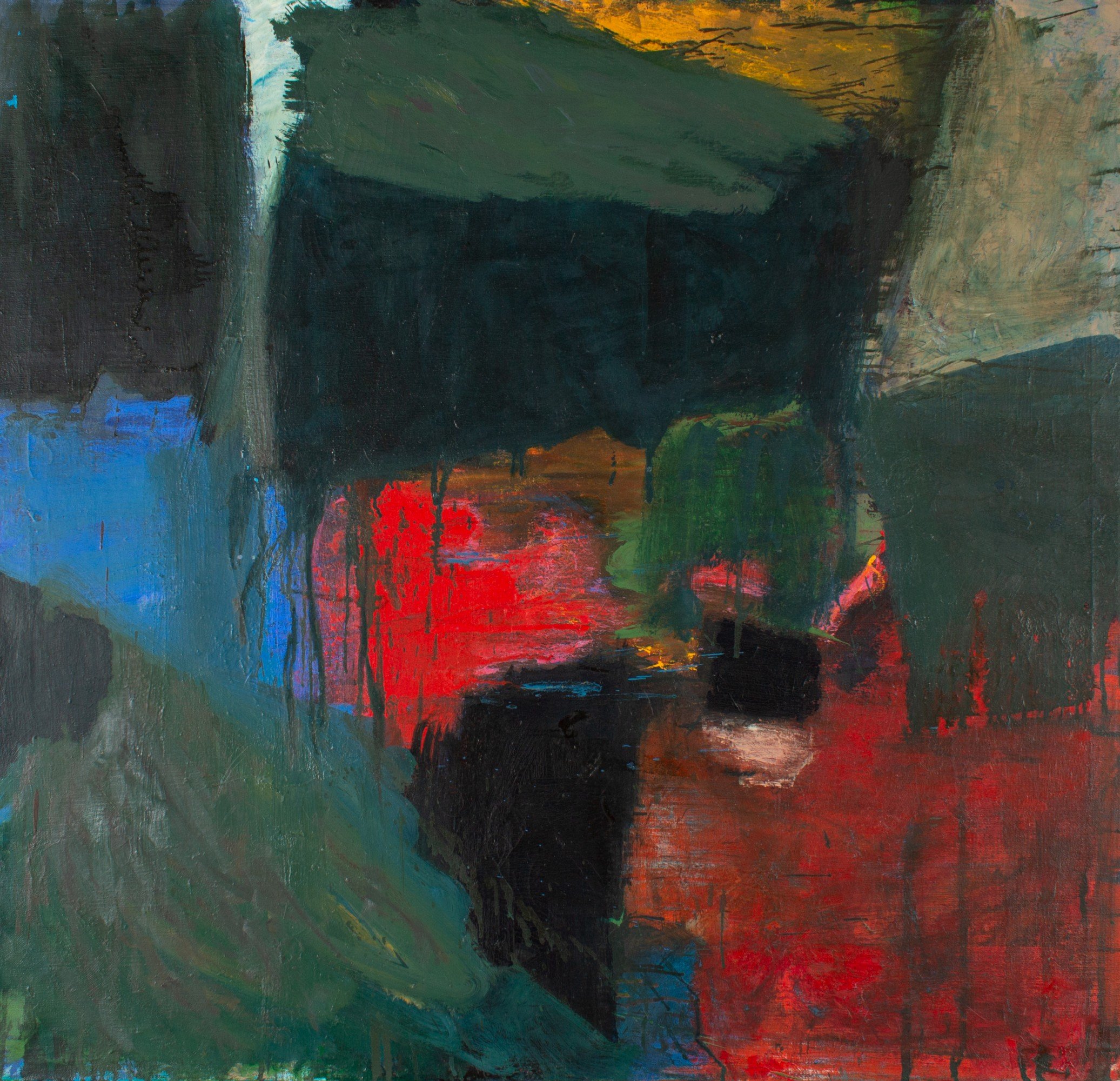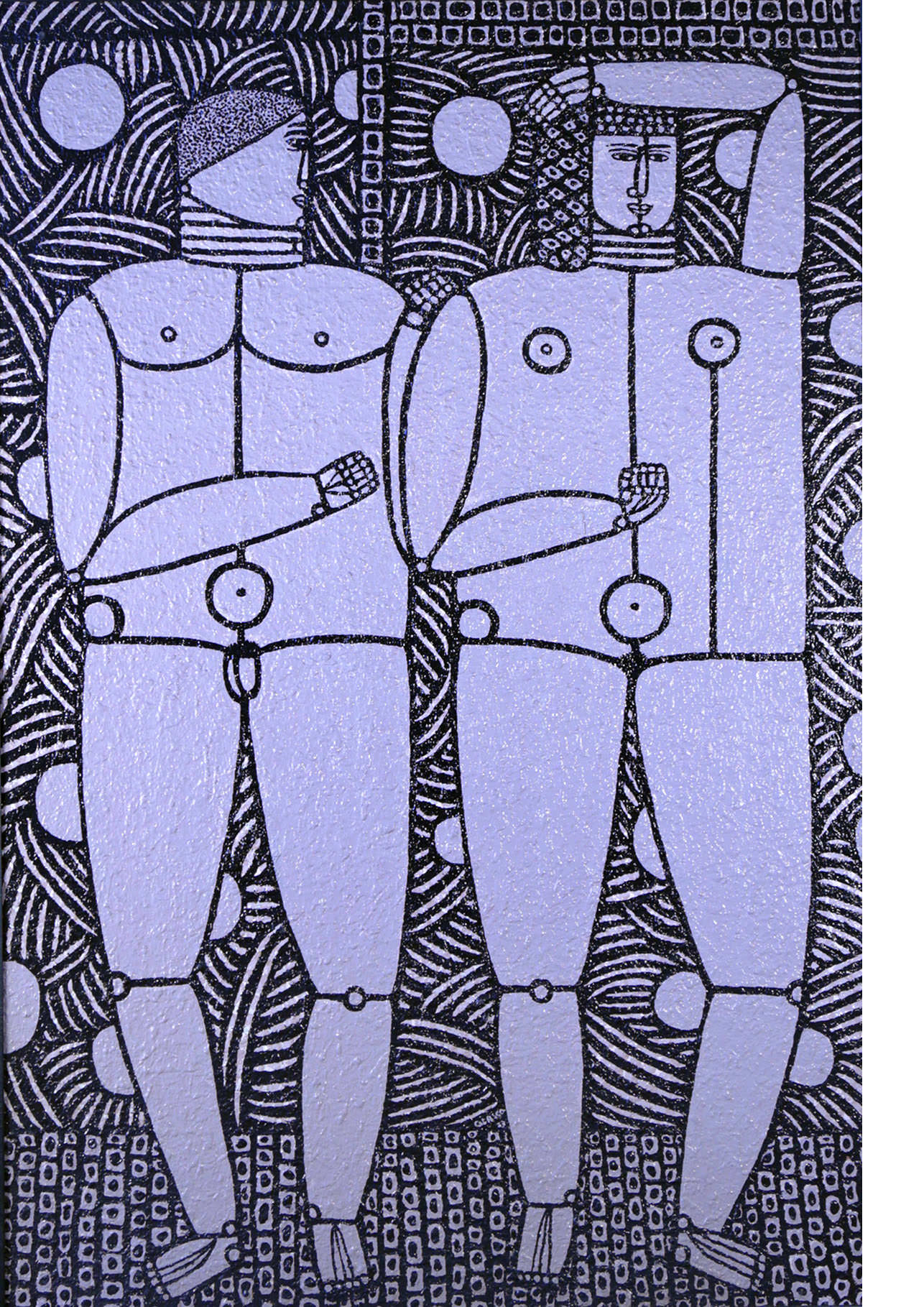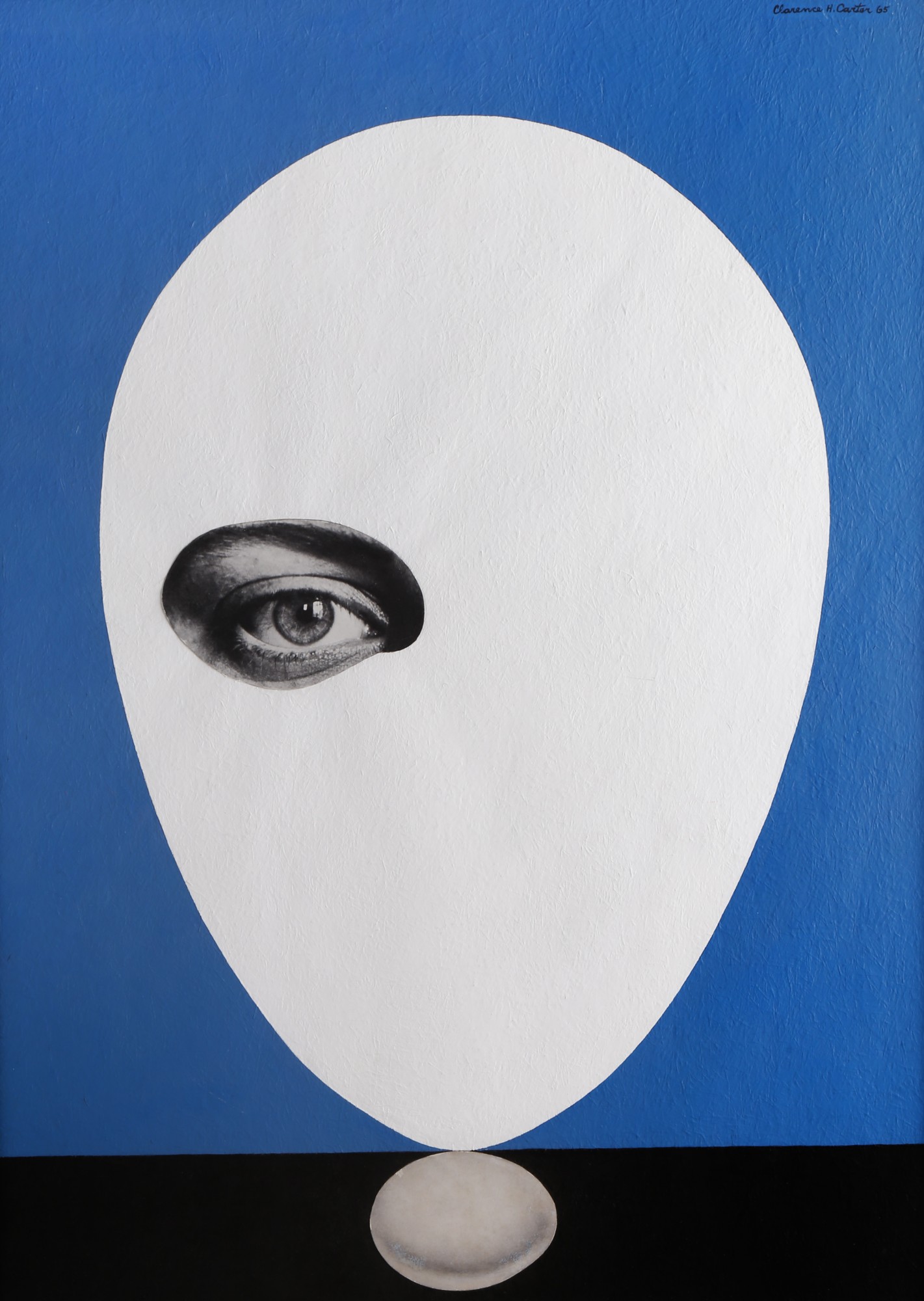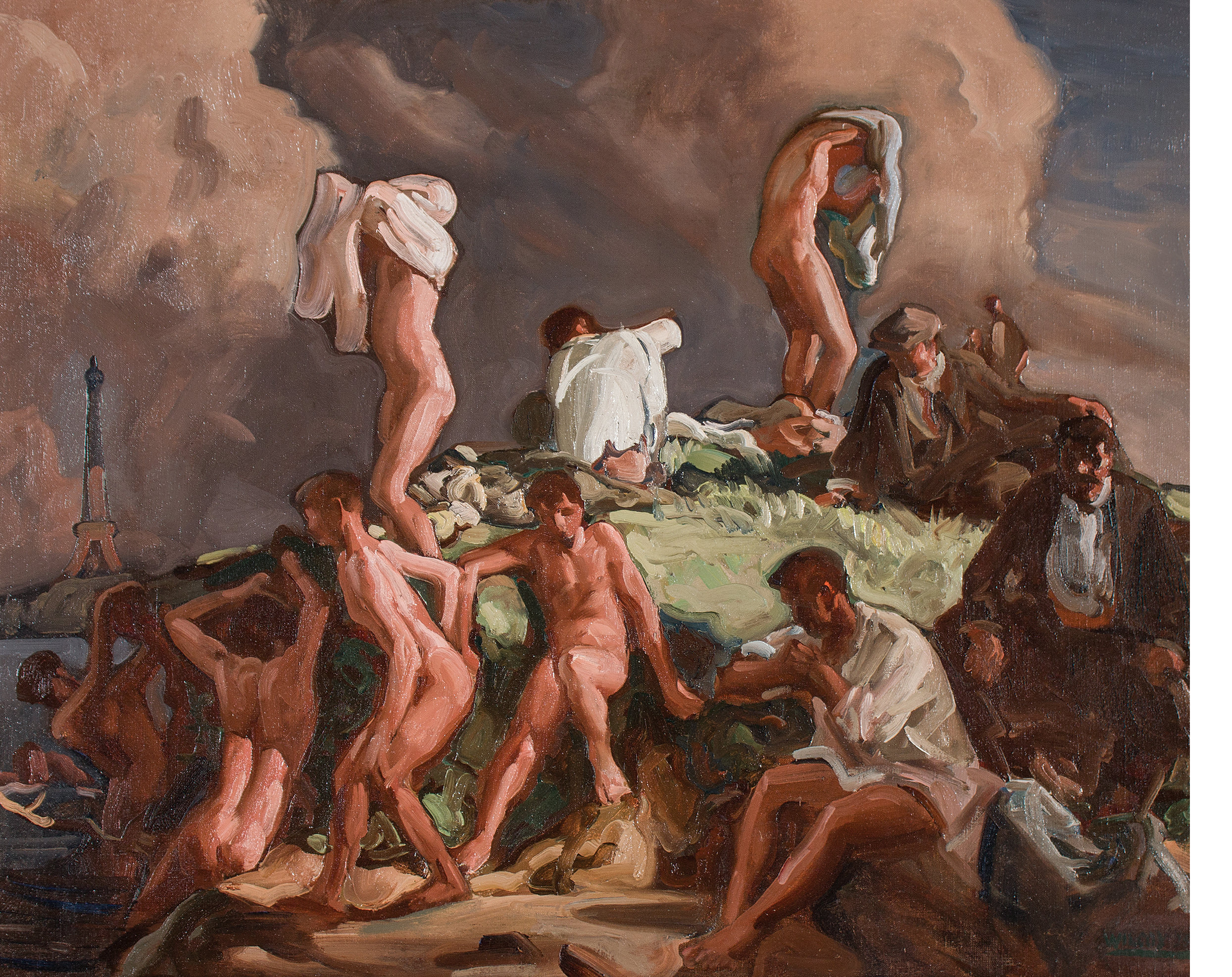The number of artists in this world and their creations are almost infinite, but a source of endless joy when you begin fishing in this vast ocean. A small percentage of artworks become the Guccis and Ferraris, the popular fish. If you can’t catch a Gucci or Ferrari, it’s not a problem though. There are many more fish in the sea, and in fact, they are often more interesting and beautiful. It’s the keen-eyed gallerists, hopefully including us, who are rounding up these more elusive works, researching them and making markets for new prizes that engage collectors.

 Major museums and mega galleries are a different animal altogether. They are not usually in the discovery mode, but instead present the already famous. So, who is at the bottom holding up this pyramid? The thousands of galleries in this world with a passion to search, discover and present.
Major museums and mega galleries are a different animal altogether. They are not usually in the discovery mode, but instead present the already famous. So, who is at the bottom holding up this pyramid? The thousands of galleries in this world with a passion to search, discover and present.
The artist exclaims “look what I made,” and the gallerist “look what I found,” endeavoring always to present the best window on the world for their discovery. As you drill down, however, similarities between galleries begin to sharply diverge. Contemporary galleries represent artists, usually alive, hoping to promote their vision. Galleries like ours have an occasional living and breathing artist, but most of our people are dead, and sometimes long dead. Artwork withstanding the test of time removes much of the crystal- ball scenario and strengthens our endorsements and the long term quality of our collection.
While there are the rare galleries that do seem to predict the future, that’s not our focus. We like looking backwards, doing detective work, which actually is quite exciting. Imagine stumbling upon a great abstract expressionist work by a virtual unknown, Trudy Fisher (Swiss, b. 1917) in this case and to learn upon digging she was the well trained and mentored talent we suspected. That beautiful painting of hers was no accident. Like many women artists of the 20th c., she chose to minimize her artistic footprint to bolster her husband’s career. So naturally we put out an APB on works by Trudy Fisher in the hopes of finding a cache of her work. This does happen, although rarely, so at worst we have a terrific painting to sell at a fraction of the cost of her better known peers.
When we have a cache (usually 25 or more) it’s time to roll-up the sleeves, and set to writing, printing, marketing and making our case. Sometimes history and the hard work of others, now long gone, help fire up nearly forgotten artists when a cache is rediscovered. In the case of Joseph Glasco (1925-1996), mid-century figural expressionist, two large important consignments allowed us money and material enough to make our case. Building on the work of past publications and the push from WOLFS, Glasco’s work is now deservedly on the rise and again sought after by collectors.
Myriad variables can influence a collector’s enthusiasm for an artist’s work. Some are as simple as availability or changing tastes and others more complex such as presentation, scholarship, curation and marketing. With Clarence Carter, WOLFS really became the hound dog that finally caught that pickup truck. In taking on the estate of this masterful artist Clarence Hollbrook Carter (1904-2000) we embraced the sheer volume of production, diversity of subject, and styles and rose to the challenge of publishing a 250 page catalog that treated the enormity of his talent.
Sometimes you get lucky though, and have the 70-year-old grandson of a terrific artist deliver the artist’s own entire collection right into your lap. Frank Nelson Wilcox (1887-1964), known as the Dean of the Cleveland School, and a nationally acclaimed watercolorist assembled a fine collection of his own works over his lifetime. These were things he had refused to sell, and were carefully organized-- truly a gift from the past! Adding to the good fortune were Wilcox’s numbered journals, catalog notes, and his unpublished autobiography. No detective work here. Our catalog nearly wrote itself.
What makes WOLFS a little different from the pack is our passion to embrace different styles and periods, which is lovingly reflected in our extremely eclectic environment. We are a large rambling gallery on the east side of Cleveland doing business for over 45 years. Wolfs began life as an auction house, and with a proud history in that world evolved to become an art gallery dealing in fine paintings, sculpture and certain decorative arts.
We thrive on the excitement of dealing with many different genres, from a wide range of places, periods and styles, each appealing to a different world of collectors. This is something we surely inherited from our many years as an auction house.
Certainly some of our success is owed to having evolved in the rich cultural center of Cleveland with its artists, museums, scholars and collectors.


